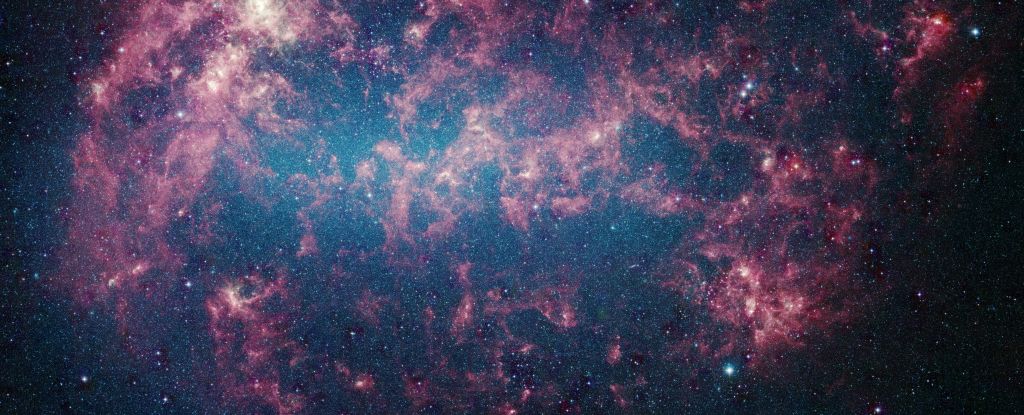Sunday, March 24th 2024
One of The Oldest Stars in The Universe Found Right Beside Milky Way
A search for the oldest stars discovers LMC 119 in the Large Magellanic Cloud, part of the Universe's second stellar generation. This star, with low metallicity, offers insights into early element formation in galaxies beyond the Milky Way. LMC 119's composition differs from second-generation stars in the Milky Way, containing less carbon and iron.
Bright new ‘North star’ will soon burst into view – here’s how to see it
A binary star system in the Northern Crown constellation, T Coronae Borealis (T CrB), experiences a rare brightening event every 80 years. The star transforms from a faint magnitude +10 to a brilliant magnitude +2, visible to the naked eye even in urban areas. This phenomenon is caused by a thermonuclear explosion triggered by a white dwarf collecting gas from its red giant companion. Astronomers expect this celestial spectacle to occur again between March and September 2024, offering a unique viewing opportunity for stargazers.
NASA scientist viewed first Voyager images. What he saw gave him chills.
In 1979, Alan Cummings, a cosmic-ray physicist at Caltech, saw an astonishing image of Jupiter's moon Io, the most volcanic place in our solar system. The Voyager missions, launched in 1977, are now almost 50 years old and over 15 and 12 billion miles away, venturing into interstellar space. Despite encountering various glitches, the craft have been continuously supported by a dedicated team of engineers. NASA is currently addressing a critical issue with Voyager 1's flight data system, causing concern among space enthusiasts.

Analyse
The universe constantly reminds us of our insignificance, and yet we never cease to scrutinize it. I have always loved space, ever since childhood, eagerly awaiting each new discovery that could broaden our understanding of the infinite. The unveiling of one of the oldest stars near the Milky Way, the explosion of a binary star in the Northern Crown, the first photos of Voyager of the moon Io, all serve as reminders of our quest to understand the universe and our place within it.
These discoveries are extraordinary, but they also show that we are more concerned with the immediate at the expense of exploring the unknown. We rejoice in being able to observe a new star in the North or analyze the composition of ancient stars, but we forget to lift our eyes from our screens, trapped by planned obsolescence and daily distractions. My transition from the iPhone 6 to the 11 Pro is an illustration of this, caught between the desire for technological progress and the frustration of having to abandon the old for the new, often without valid reason.
Space exploration, like technology, urges us to seek beyond our current understanding while remaining grounded in our world. We are driven by an endless curiosity, wanting to understand the universe while living our lives. As I have often felt, on the brink of a revelation, we are always on the verge of discovering something grandiose, which means that "in a highly interconnected global world, it takes irresponsibility to wield power." Perhaps our power lies in our ability to continue questioning, exploring, dreaming, despite the limits of our understanding.
Generation cost: 6478 tokens/0.06$